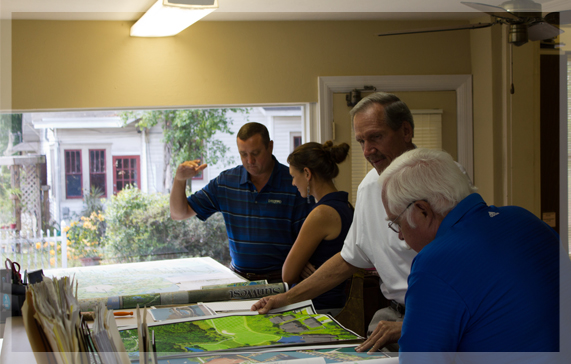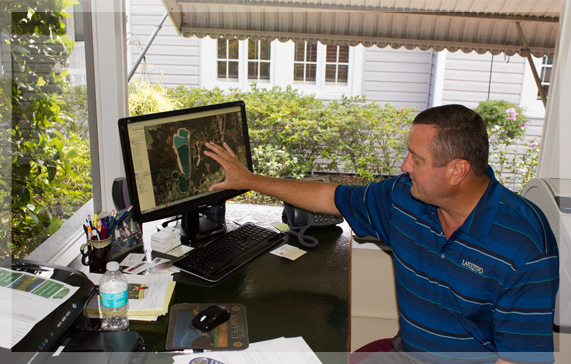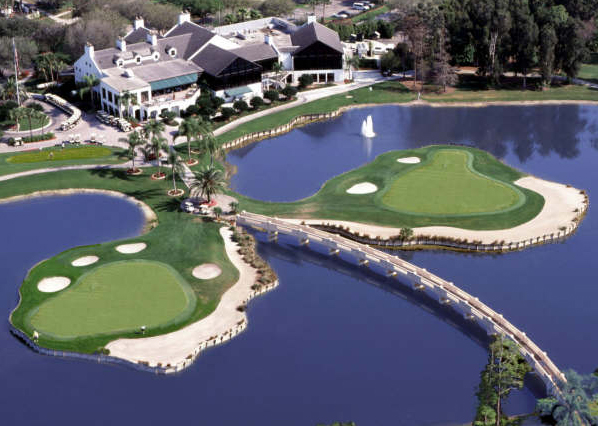Designing for Success

The golf course itself remains as the centerpiece for the entire game; however, newer courses will implement innovative design features while continuing in a more traditional direction. For instance, the great designer, Donald Ross, was able to successfully blend his own design features with those of the old Scottish layouts to create an “American” style. The newer courses will continue to build on that formula by blending modern design touches with traditional designs. In the future successful courses will certainly be environmentally sensitive in the master planning design phase. According to Doug Coolman, Vice President with Edward D. Stone, Jr., & Associates of Ft. Lauderdale, Florida, “Golf courses will need to be more responsive to the incorporation and integration of environmentally sensitive lands.” Mr. Coolman further states, “Better use of these non-buildable areas will provide a quality experience and could reduce the demand for irrigation water, as well as reduce land acquisition costs.” I believe the role of the golf architect should be to develop a golf course that utilizes the natural characteristics of the site and adheres to sensitive land management.

One area of design I have paid particular attention to is player flexibility. It’s important that the course be designed to provide a challenge to experienced players yet still be playable for newcomers to the sport. To address this need, we have designed multiple tee areas, which will test every level of play. Some of our courses have as many as five sets of tees. The golfer can more easily be acclimated to the subtle changes which occur in a hole when distance and direction is altered. Players may graduate from one tee to the next as their game improves without having to switch courses. Golf is fast becoming a family sport, so you want the course to provide enjoyable play for all skill levels.
Another popular traditional trend is the creation of holes which clearly define a safe or heroic route to the green. Strategically located hazards guarding the shorter route to the green offer a better chance for birdie, but this route requires more skill and execution. Conversely, the longer, or safer, route can be played more easily offering a better chance for recovery and par, if the approach shot strays from its target. Design flexibility in greens is another modern aspect for successful courses. I have noticed a high demand for island greens, a form which can easily be molded into a more traditional layout. Suitable area should be provided which allows for multiple pin placements. This design feature provides diversity in play and allows for high quality maintenance, an issue of utmost importance to quality courses. The quality of the course cannot be overemphasized, as a well-designed layout enhances real estate values. Quality golf course design presents a unique opportunity to unify a development. Golf not only creates a pleasant recreational amenity enjoyed by most family members, it continues to offer premium value to home sites. Brian Canin, AlA, AlCr, President of Canin & Associates in Orlando, Florida echoes this thought: “Golf courses will continue to be a vitally important component in creating successfully planned new communities in the next decade. It’s a great way to launch a significant project, and you can command a tremendous premium on real estate with golf course frontage.” In addition to these features, privacy is of vital Importance. Americans are looking for a certain type of lifestyle from a community. The marketing image can also be further enhanced by on-site amenities. Today’s market will be looking for quality lifestyle. By providing open spaces with movement (golf), the addition of jogging and bicycle paths, greenbelts, and landscaping themes will be effective elements used in creating this lifestyle.







